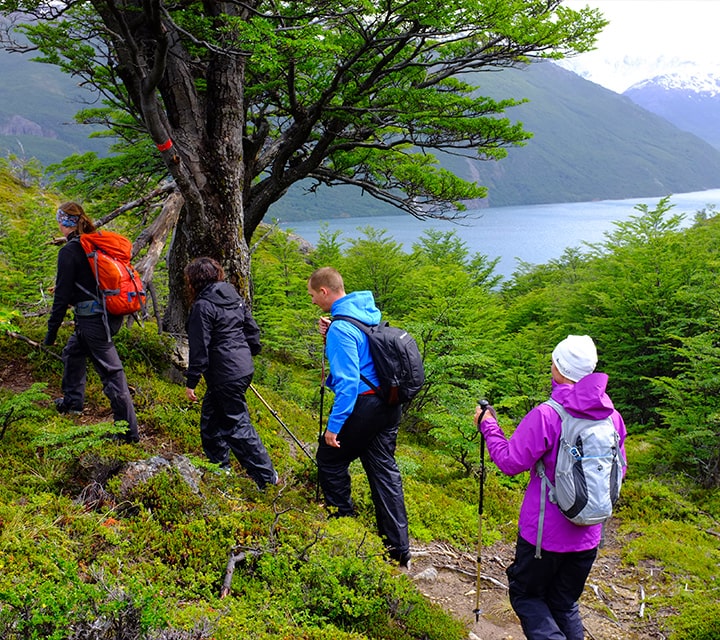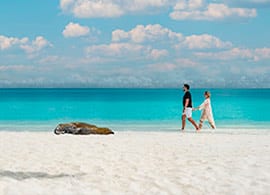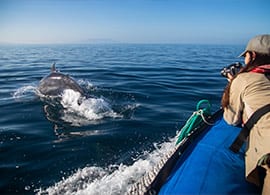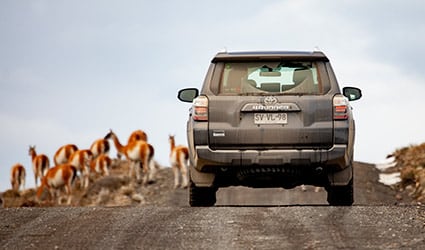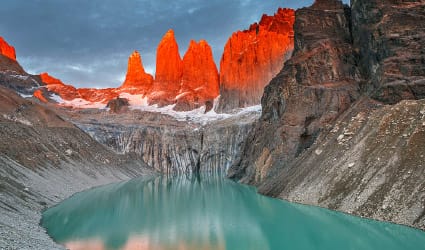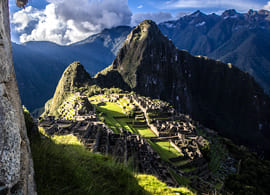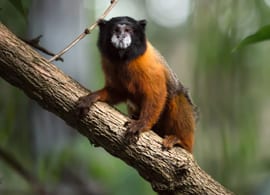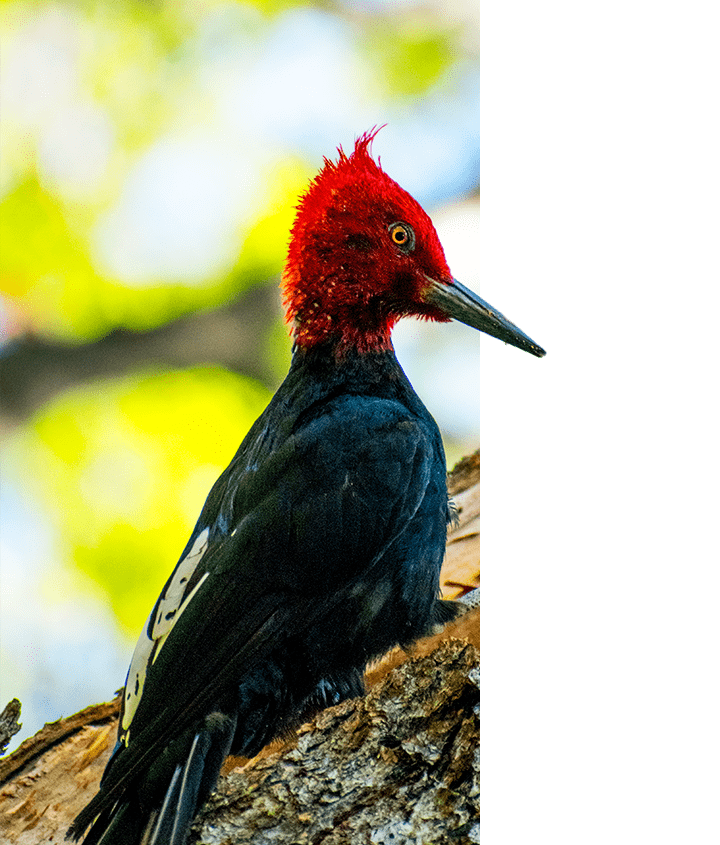
The Quasar Forest in Patagonia’s Torres del Paine National Park was born out of tragedy. The 2011 fire devastated tens of thousands of hectares of its pristine wilderness, decimating its native animal populations, unique plant species, and most of all, its trees.
Restoration efforts and calls for support came from all sides after the fire, led by the governments of Chile and Argentina, multiple NGOs, and private travel and philanthropic organizations looking to preserve and repair the beautiful wilderness. Among the most meaningful efforts was Quasar Expeditions’ partnership with Reforest Patagonia to establish the Quasar Forest—an ongoing initiative that has planted thousands of trees and is working to reintroduce visitors as well as native species to this wild and wondrous region.
Through their efforts, Quasar Expeditions is continuing to be a partner and advocate for conservation and restoration of Torres del Paine National Park and Patagonia. This is the story of the fire that ravaged its landscape, and the journey to restore its natural beauty.
2011 TORRES DEL PAINE FIRE
The 2011 fire in Torres del Paine National Park began on December 27, 2011. It was one of the most devastating wildfires in the park's history, consuming over 17,000 hectares of land which accounts for about 7% of the park's total area. The blaze lasted for several weeks, causing extensive damage to the park's unique ecosystems and threatening its biodiversity.
Investigations into the cause of the fire pointed towards people – a tourist who reportedly neglected to extinguish a campfire properly. The ensuing inferno caused immediate and severe ecological damage. The burn eradicated endemic species of plants, some of which were centuries-old, and it disrupted habitats for animals, leading to a significant displacement and loss of wildlife. The fire’s intensity and spread were exacerbated by strong winds and the dry conditions of the summer season, creating a challenging situation for firefighting and rescue efforts.
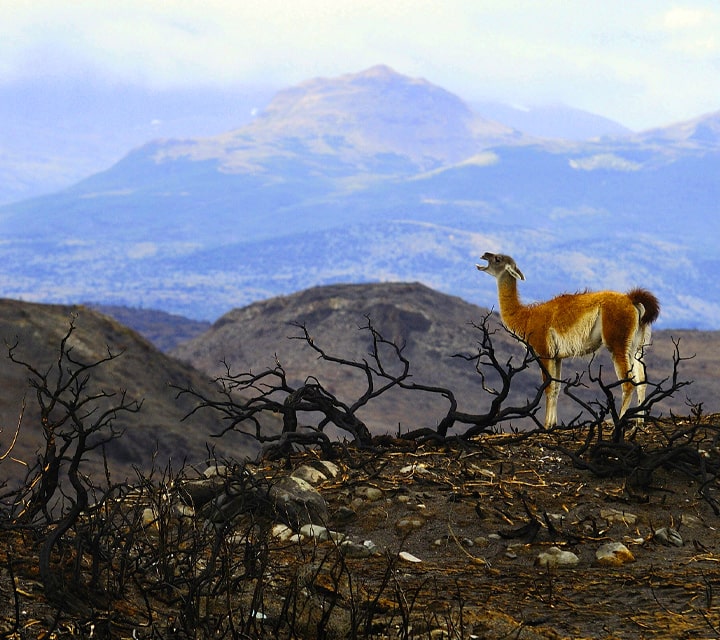
The Chilean government, with help from international experts and neighboring countries, initiated a multipronged response to this disaster. Emergency services worked tirelessly to control and eventually extinguish the flames, while the government imposed stricter regulations on park visitations and camping. In the aftermath, a major focus was placed on rehabilitation and reforestation programs. These efforts included scientific studies to guide the ecological restoration of the affected areas, support for species recovery, and the introduction of new fire prevention and management strategies to safeguard against future incidents. In the years following the fire, there has been substantial recovery of the native flora, aided by natural regeneration and assisted by these conservation projects, showcasing the resilience of the park’s ecosystem. Monitoring continues to track the recovery progress and adjust conservation strategies as necessary.
The tragedy of the 2011 fire has been a poignant reminder of the fragility of our natural heritage and the importance of responsible stewardship to protect such invaluable treasures for future generations.
REFOREST PATAGONIA
Reforest Patagonia emerged in response to a series of wildfires that significantly damaged the native forests of the region, notably the severe fire in Torres del Paine National Park in 2011. The foundation of Reforest Patagonia was driven by a collective sense of urgency among local conservationists, businesses, and government entities, which evolved into a mission to restore and protect the unique and fragile ecosystems of Patagonia. The mission was centered around not only reforesting the damaged areas but also fostering a culture of environmental stewardship.
Over time, Reforest Patagonia has matured in its approach, expanding beyond initial reforestation projects to encompass a more holistic view of ecosystem restoration and conservation. It has pioneered the use of native species in reforestation efforts, ensuring the compatibility of the new growth with the local environment. The organization has adapted to the shifting ecological conditions brought on by climate change and human impact by implementing advanced techniques and technologies, such as drone reforestation and specialized seedling protectors to enhance survival rates. Its growth has been characterized by increased collaboration with indigenous communities, ensuring that reforestation efforts align with traditional knowledge and practices, as well as with the broader goals of maintaining biodiversity and supporting eco-tourism.
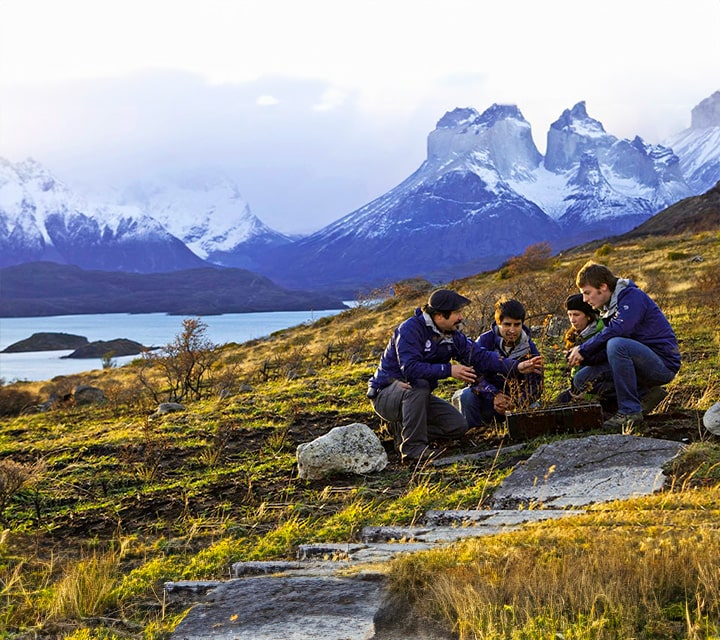
The impact of Reforest Patagonia is measurable in both ecological and socio-economic terms. Since they began they have planted over 1.3 million trees across Chile and have impacted over 175 communities in Chile, Argentina and Peru, with the various reforestation efforts thanks to over 5,500 volunteers across the 3 countries. There is evidence of improved habitat and biodiversity indices in areas where the organization has been active. Despite facing challenges such as logistical constraints, funding limitations, and occasional pushback on land use priorities, Reforest Patagonia continues to evolve and refine its strategies. The organization remains open to volunteers and donors, offering various programs through which individuals and entities can contribute to ongoing conservation efforts, from tree adoption programs to educational outreach, fostering a broad base of support and ensuring the sustainability of its mission.
QUASAR & REFOREST PATAGONIA
Since 2013, these organizations have joined forces with the aim of rehabilitating and enhancing the natural beauty and ecological integrity of Torres del Paine National park. Their collaboration evolved into the creation of the 'Quasar forest,' a major reforestation initiative set within the park's boundaries. This strategic location was chosen not only for its visibility to visitors, fostering environmental awareness, but also for its potential to maximize ecological benefits.
Quasar Expeditions has concentrated on funding and mobilizing tourist involvement in the planting of trees, while Reforest Patagonia has contributed its expertise in ecological processes to select appropriate native species, such as the lenga beech and the Patagonian cypress, ensuring that the new growth fits with the local biome.
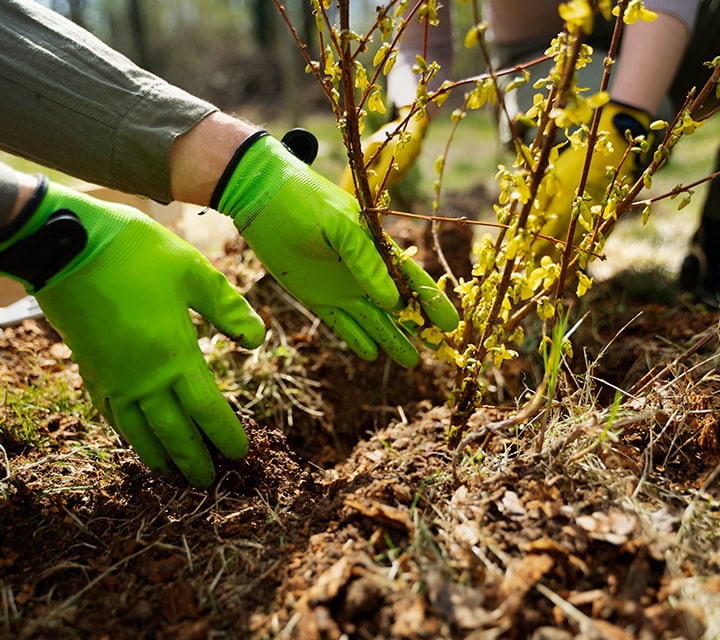
Operationally, Quasar and Reforest Patagonia have managed to plant over 1000+ trees, and counting, with the project operating as a bridge between conservation work and eco-tourism. The contributions go beyond mere numbers; each tree is geotagged, allowing benefactors and participants to witness the growth of their individual trees, thus personalizing the reforestation experience and fostering a deeper connection to the land. While exact statistics on the growth of the planted trees or the comprehensive impact on biodiversity require detailed field studies, anecdotal evidence suggests an enhancement of local habitats and a gradual but positive change in the park's ecosystem. The initiative has not been without its challenges, such as climate threats and the difficulties of managing tourism alongside conservation work, yet the innovative marriage of tourism and environmentalism by these entities stands as a pioneering model for conservation efforts worldwide.
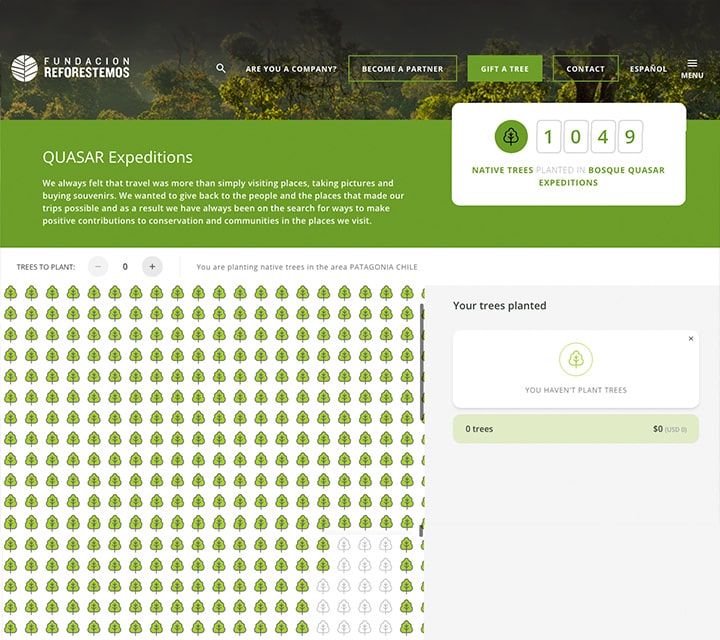
In alignment with the conservation goals of Torres del Paine National Park, the work of Quasar Expeditions and Reforest Patagonia underscores the necessity of sustainable interaction with nature. Looking to the future, both organizations continue to push for greater ecological restoration projects, considering the introduction of new technologies and methods of conservation, such as advanced monitoring systems and engaging in deeper community-based involvement to ensure the enduring protection and rejuvenation of this cherished landscape.
CONSERVATION IN PATAGONIA
Patagonia, a region shared by Argentina and Chile, is a place where the raw forces of nature are on full display. Its southern realm, encompassing the iconic Torres del Paine National Park, serves as a crucial stronghold of biodiversity and a living laboratory for conservation science. The conservation landscape here is not only a testament to nature's resilience but also to human commitment to preserving some of the most spectacular wilderness areas on Earth. Within this vast territory, challenges such as climate change, invasive species, and human impact through tourism require a nuanced, dynamic approach to conservation. The region’s significance is underscored by its varied ecosystems, ranging from steppe to subpolar forests, each supporting a complex web of life including endangered species like the Andean condor and the puma.
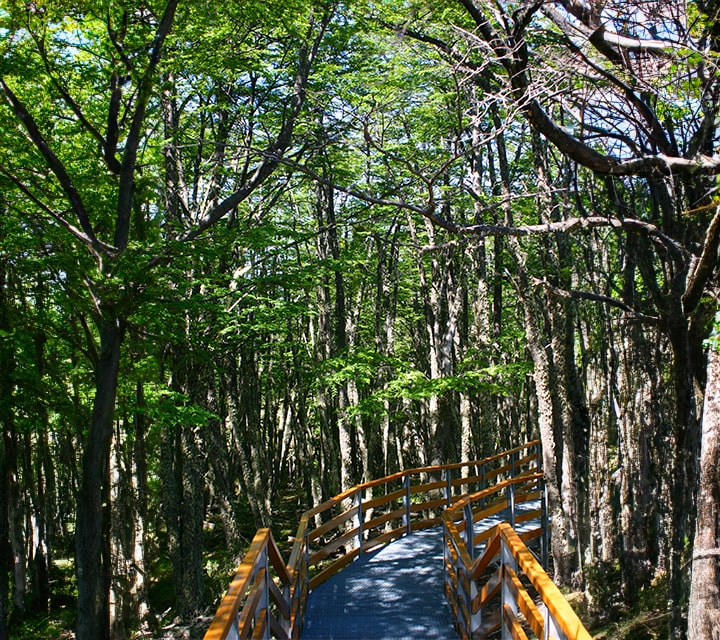
Zooming into Torres del Paine National Park, the conservation narrative is one of innovation and collaboration. Policies here are crafted to balance the needs of nature and those of the thousands who come to witness its grandeur. Initiatives such as the trail management plan, the controlled use of fire, and the strict regulation of tourist activities showcase the park's proactive stance. Additionally, the park benefits from the collaboration between the Chilean government and various non-governmental organizations (NGOs), including those focused on rewilding efforts such as the reintroduction of the huemul deer. The intricate work of local communities, who engage in sustainable practices and serve as guardians of the park, also plays a fundamental role in these conservation efforts.
The effectiveness of conservation measures in Torres del Paine is a complex mosaic marked by both triumphs and ongoing challenges. Current statistics reveal that while certain species have stabilized or increased in numbers due to these efforts, others remain vulnerable, reflecting the park's continuing struggle against the backdrop of a changing climate and growing tourist pressure. The park's approach to conservation has had notable impacts on eco-tourism, contributing significantly to the local economy while promoting sustainable practices. Reflecting on past successes, such as the recovery of native grasslands and setbacks like forest fires, it becomes clear that future efforts must adapt to emerging environmental threats and incorporate advanced research, ensuring that the wilderness of Torres del Paine endures for generations to come.
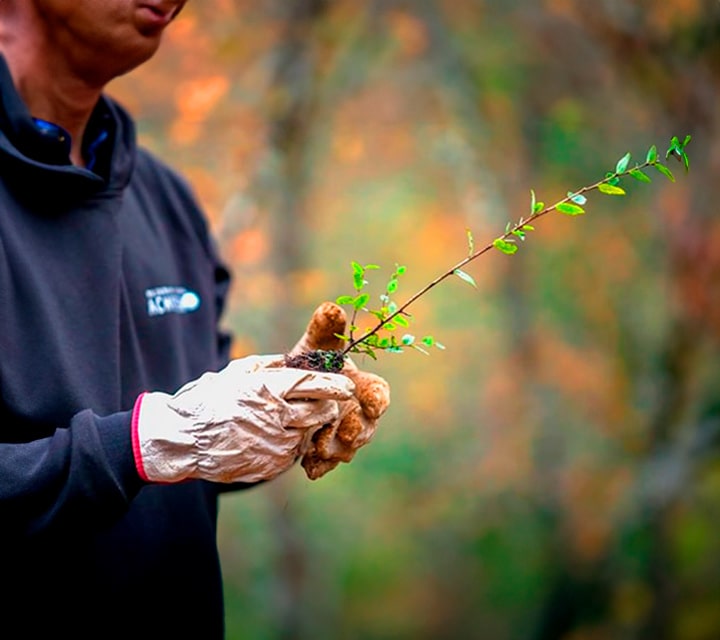
VISIT THE RESTORED TORRES DEL PAINE NATIONAL PARK
While there is still more work to be done, conservation efforts continue to restore the natural wonder of Torres del Paine National Park and develop a more sustainable and safe future for its trees and wildlife. Quasar Expeditions is proud to be a partner in the important work of preserving the region’s natural beauty for generations of world travelers to witness and be inspired.
To see the Quasar Forest and experience the unparalleled beauty of Torres del Paine National Park up close, visit on a Patagonia luxury tour with Quasar Expeditions and discover how to turn this one-of-a-kind landscape into a once-in-a-lifetime experience.
